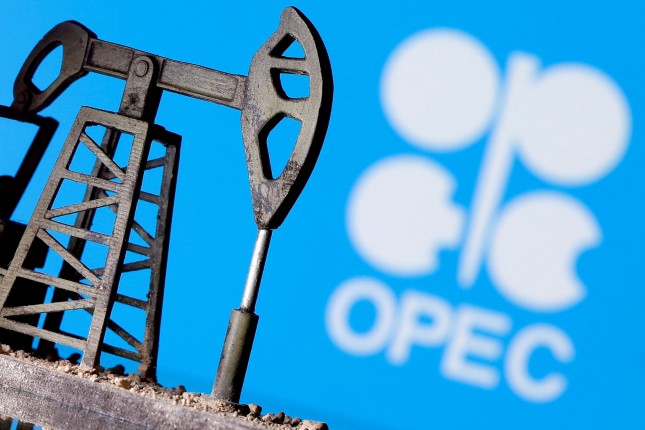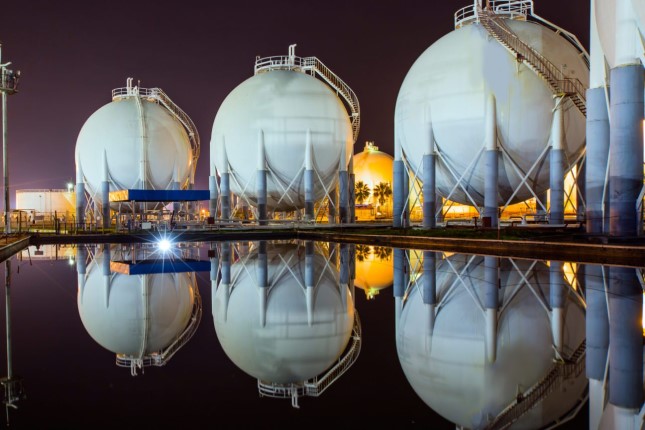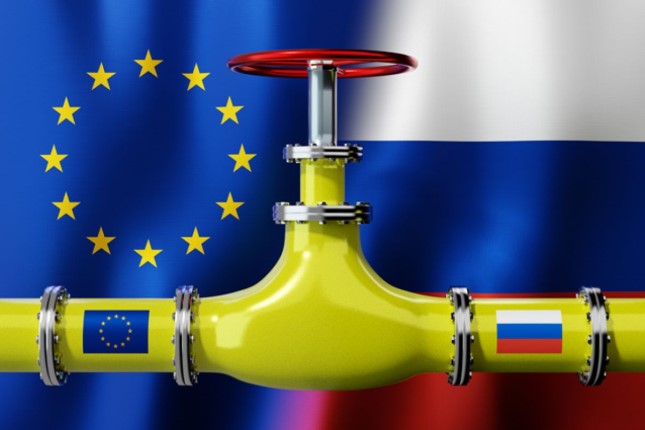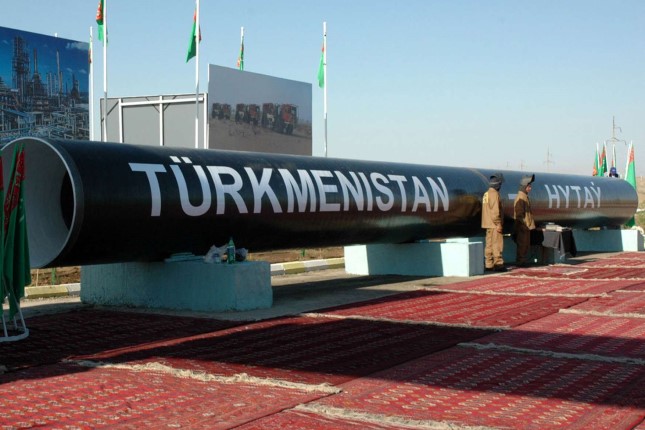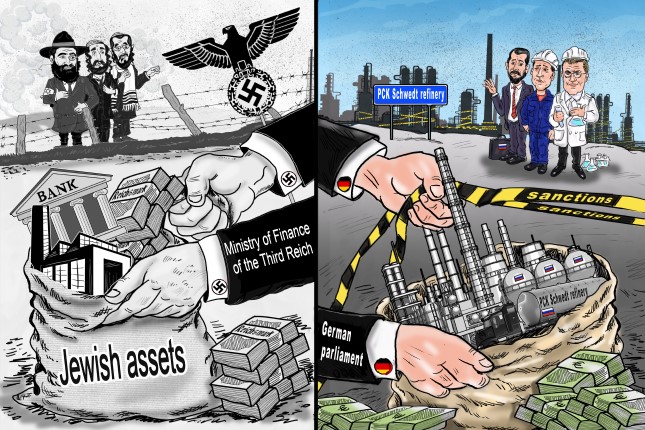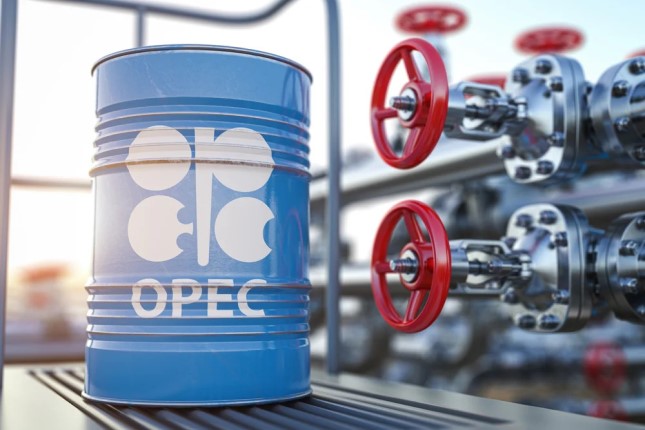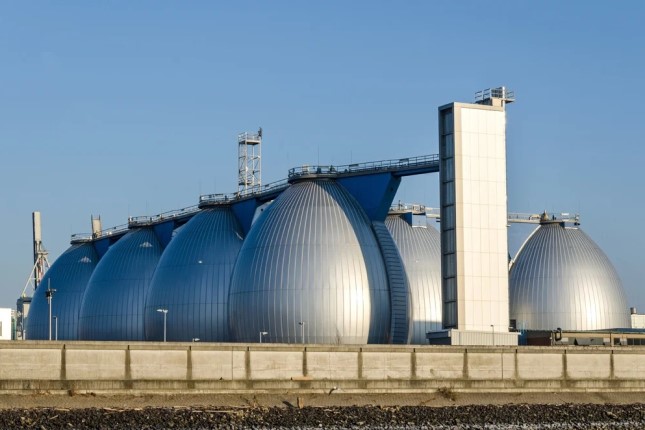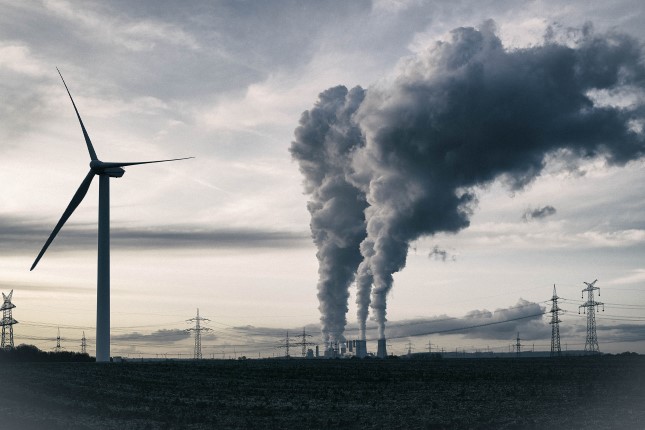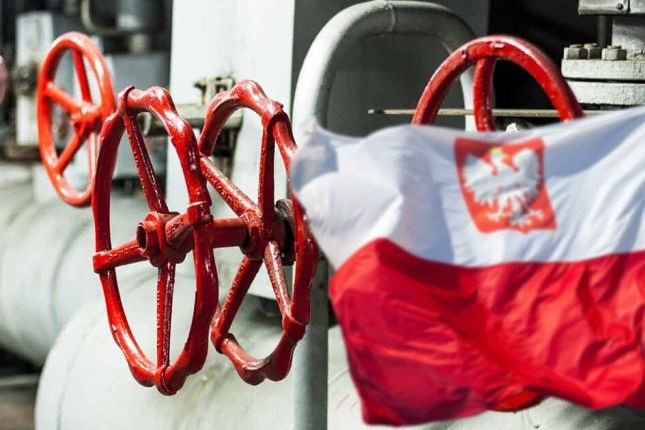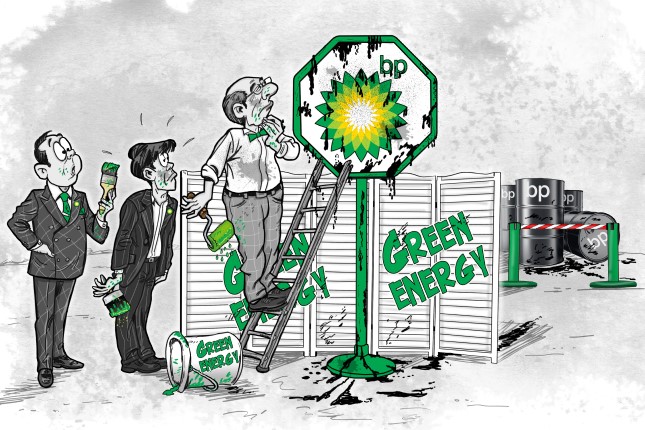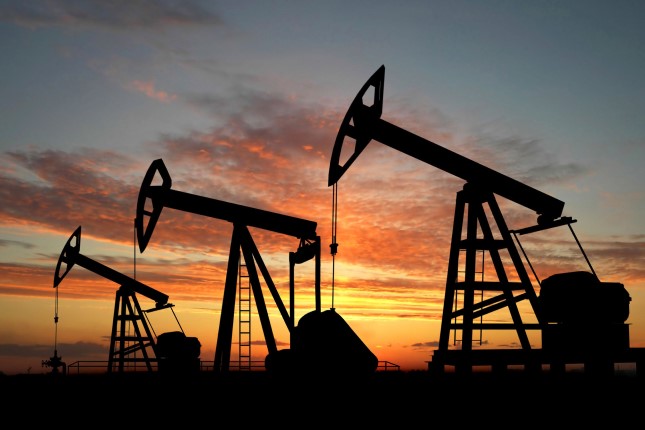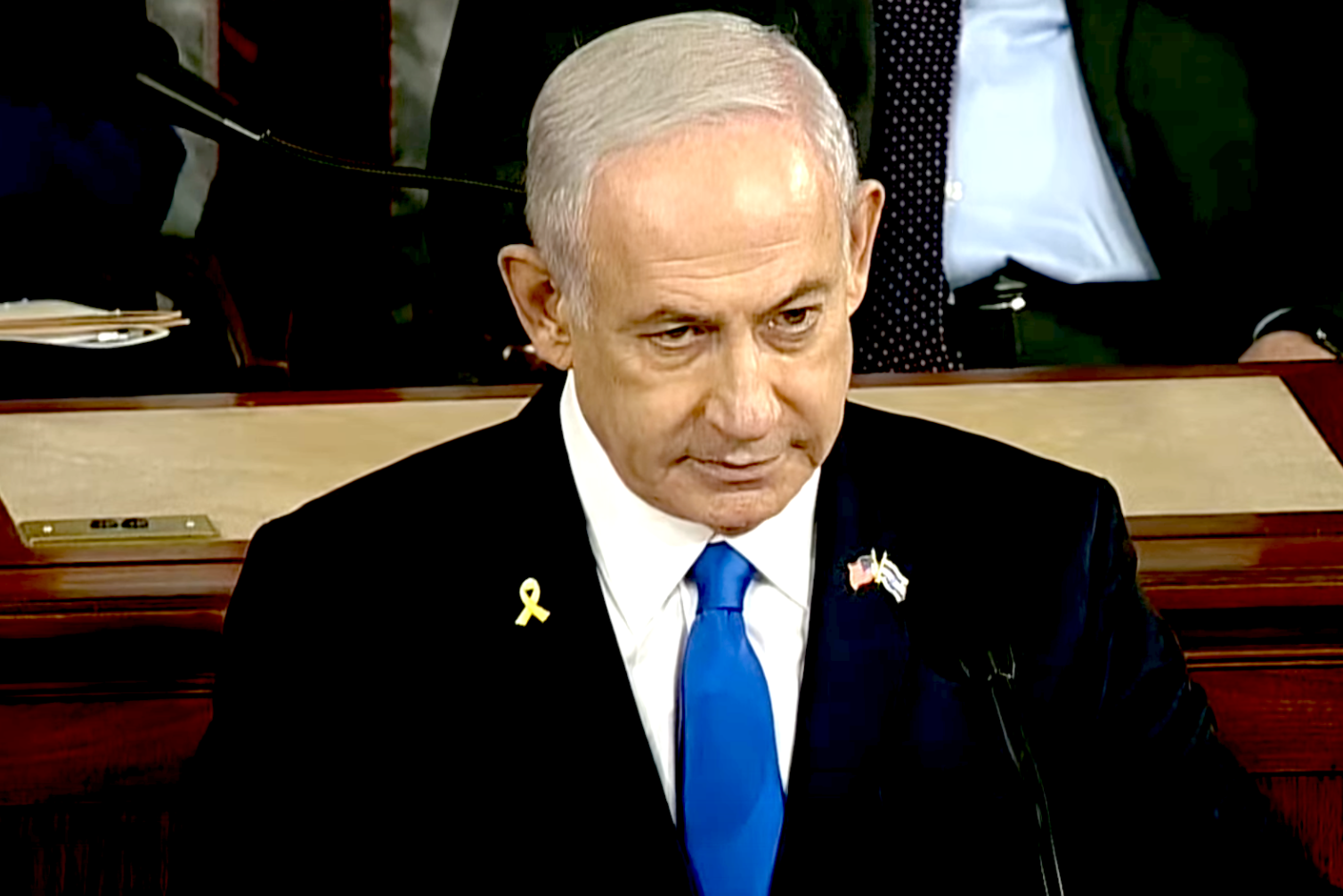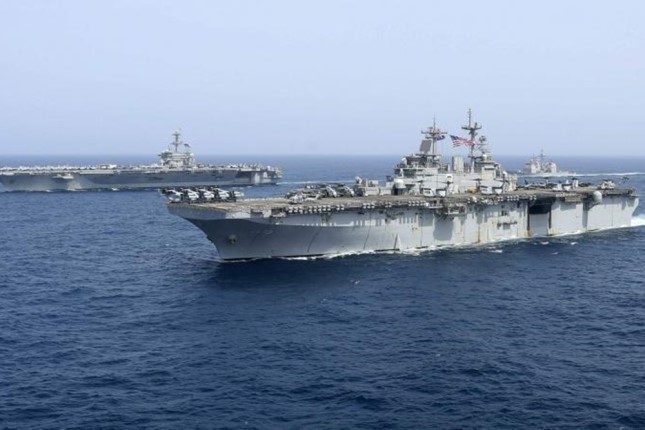OPEC+ has explicitly stated its preferred price level of around USD 100 per Brent barrel or higher. The crux of the matter is the leading oil producers' budget, which implies a price of approximately USD 100 per barrel to finance current budget expenditures and ensure an emergency fund for the future.
Awaiting a recession
OPEC+ decided to cut production by 2 million barrels per day. In practice, not all OPEC members comply with the production quotas. Therefore, the cuts might only amount to just above 1 million barrels per day. Global oil prices had been sliding below USD 90 per barrel before the October decision but spiked afterwards and are likely to surge to USD 100 per barrel.
The US and other Western countries, which have suffered from higher prices for gasoline and other petroleum products and the highest inflation in decades, were bitterly critical of the OPEC+ decision. But oil-producing countries have the right to defend their interests.
The motivation behind the OPEC+ decision, apart from the expectation of a seasonal decline in hydrocarbon demand, lies in the risks of a recession in the West that could drive down global oil demand. In addition, hydrocarbon reserves, although at levels close to their lowest in many years, have risen recently.
So have the chances of a global financial crisis, as one of the world's leading investment banks, Credit Suisse, has found itself in trouble so grave that it might face bankruptcy. While some believe the bank is likely to be recapitalised, there is a strong possibility that it could sell off some of its assets, a move fraught with unpredictable consequences for equities and commodity markets.
Credit Suisse holds accounts of every major global oil trader headquartered in Switzerland, from Glencore to Litasco. However, for some, it is a great comfort to know that Credit Suisse ceased its operations in commodity markets in 2014.

Credit Suisse headquarters in Zurich (Switzerland), on Paradeplatz. Photo: wikipedia.org
From surplus to deficit
The OPEC+ decision means that the global oil market could move from a structural surplus to a deficit. This would shore up oil prices at around USD 100 per barrel. Meanwhile, recession risks in the West have been somewhat mitigated by relatively low unemployment and the persistence of monetary policy easing by central banks. Despite nominal interest rate increases, they remain negative, i.e. below actual inflation, which in some Western countries reaches or even exceeds 10% per annum.
Such a high rate of inflation is another factor supporting elevated commodity prices. Oil production will feel the effect of underinvestment in the industry for a long time to come as long as the focus has shifted to financing green energy.
It is also worth noting that China is gradually relaxing its quarantine restrictions. As a result, China, one of the world's largest oil importers that buy around 10 million barrels per day from abroad, may increase its consumption of hydrocarbons.
The European Union included a price cap on Russian oil and, in its eighth sanctions package, restricted the insurance and transport of Russian oil to third countries. This could potentially reduce exports of Russian oil.
Most oil shipments could still be diverted to Asia using Asian tanker capacity. But the move might also adversely impact Russian exports of petroleum products, perhaps even greater than it would have on crude supplies.
November may well see an end to interventions from US strategic oil reserves, as such options have largely been exhausted.
Therefore, for the time being, oil prices are expected to be high, at around USD 100 per barrel, even despite the risks of recession in the West and the threat of a new financial crisis over the problems at one of the world's leading investment banks, Credit Suisse.
A stronger US dollar index against a basket of other world currencies is unlikely to hinder this growth, given more monetary tightening in the US than elsewhere. As a rule, oil prices fall when the dollar index appreciates, but this doesn't seem to be the case this time.
There is even a possibility that prices could settle between USD 110 and USD 120 per barrel for some time, mainly due to the regulatory role of OPEC+ policy and the underinvestment in upstream projects in previous years.
